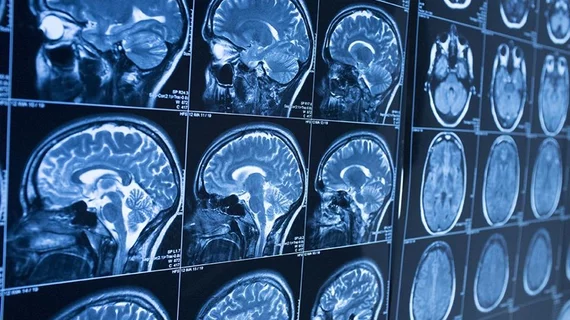5 barriers to recognizing the full potential of deep learning
Deep learning is an important element of AI that’s helping advance diagnostics and treatment, but it also remains relatively uncharted territory.
The most successful applications of the tech to date have been in medical imaging, first author Fei Wang, PhD, and colleagues at Weill Cornell Medicine in New York, wrote in JAMA Internal Medicine. Other applications of the AI tech are vast, but scientists are still facing significant barriers.
“The potential of deep learning to disentangle complex, subtle discriminative patterns in images suggests that these techniques may be useful in other areas of medicine,” Wang and co-authors said. “Substantial challenges must be addressed, however, before deep learning can be applied more broadly.”
According to Wang and his team, these are five of those challenges:
1. We might not have enough data yet
It took 128,175 retinal images and 129,450 skin images for a deep learning model to learn to classify diabetic retinopathy and skin cancer, respectively, Wang et al. wrote. And “the complexity of the model is determined by the complexity of the problem,” meaning more complicated or heterogenous diseases might require amounts of reliable data we don’t have yet. A deep learning model might need tens of millions of samples to create a suitable diagnostic model for chronic heart disease or kidney failure, for example.
“Models are complex, and designing their optimal architecture may be difficult,” the authors wrote.
It’s also difficult to ensure the quality of data from electronic health records, which contain “highly heterogeneous and sometimes inconsistent” patient information that could hinder the accuracy of an AI algorithm.
2. AI models produce results, but no explanations
Wang and co-authors said a typical dermatologist testing for melanoma would evaluate images for a series of major and minor criteria, developing a rationale for their diagnosis. Deep learning models being trained to do the same can spit out results—“This patient has melanoma with a probability of 0.8,” for instance—but still struggle to provide clear explanations for their conclusions.
The authors said some efforts are being made in the imaging space to improve the issue, but acknowledged “a deep learning model that merely states the diagnosis may be viewed with skepticism.”
3. It’s difficult to create generalizable models
Model bias and interoperability make it hard to design a deep learning model that can be extended to other populations, countries or systems, the team said. If a model is trained predominantly on data from white patients, it will struggle to produce accurate predictions for minority populations. Similarly, a model trained in Asia might not do as well in Europe.
Variability in EHRs also poses a problem, since two health systems using different EHRs might not be able to use the same AI algorithm.
4. We need better AI to develop better data
“Because deep learning models fit data but provide little insight into the process by which they do so, reliable, high-quality inputs are important,” Wang et al. wrote. “It is also important to create tools that improve the quality of the data collection process, such as error correction, warnings about missing data and reconciliation of discrepancies.”
The authors mentioned the IBM Watson Imaging Clinical Review, which analyzes structured and unstructured data in clinical imaging reports and compares them with diagnoses recorded in the EHR to identify any reporting discrepancies.
5. Deep learning needs more regulation
As AI, machine learning and deep learning gain popularity in the medical landscape, the technologies are increasingly exposed to computer hackers, Wang and colleagues wrote. While some societies are banding together to offer guidance on ethics in AI, the authors said scientists might need stricter regulations to ensure model security.
“Whereas existing regulations focus on the privacy of medical data, new regulations should also protect analytical models,” they wrote.

